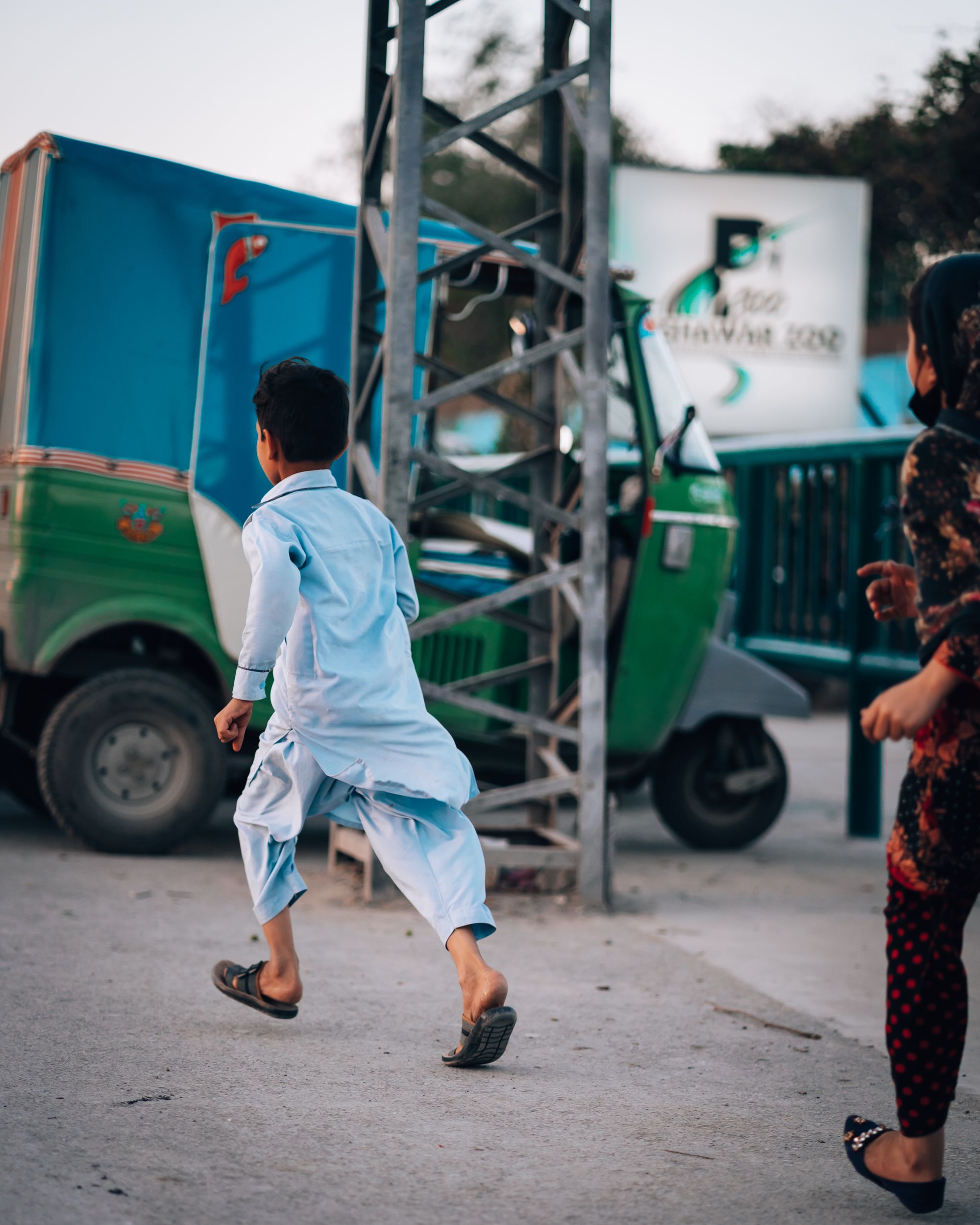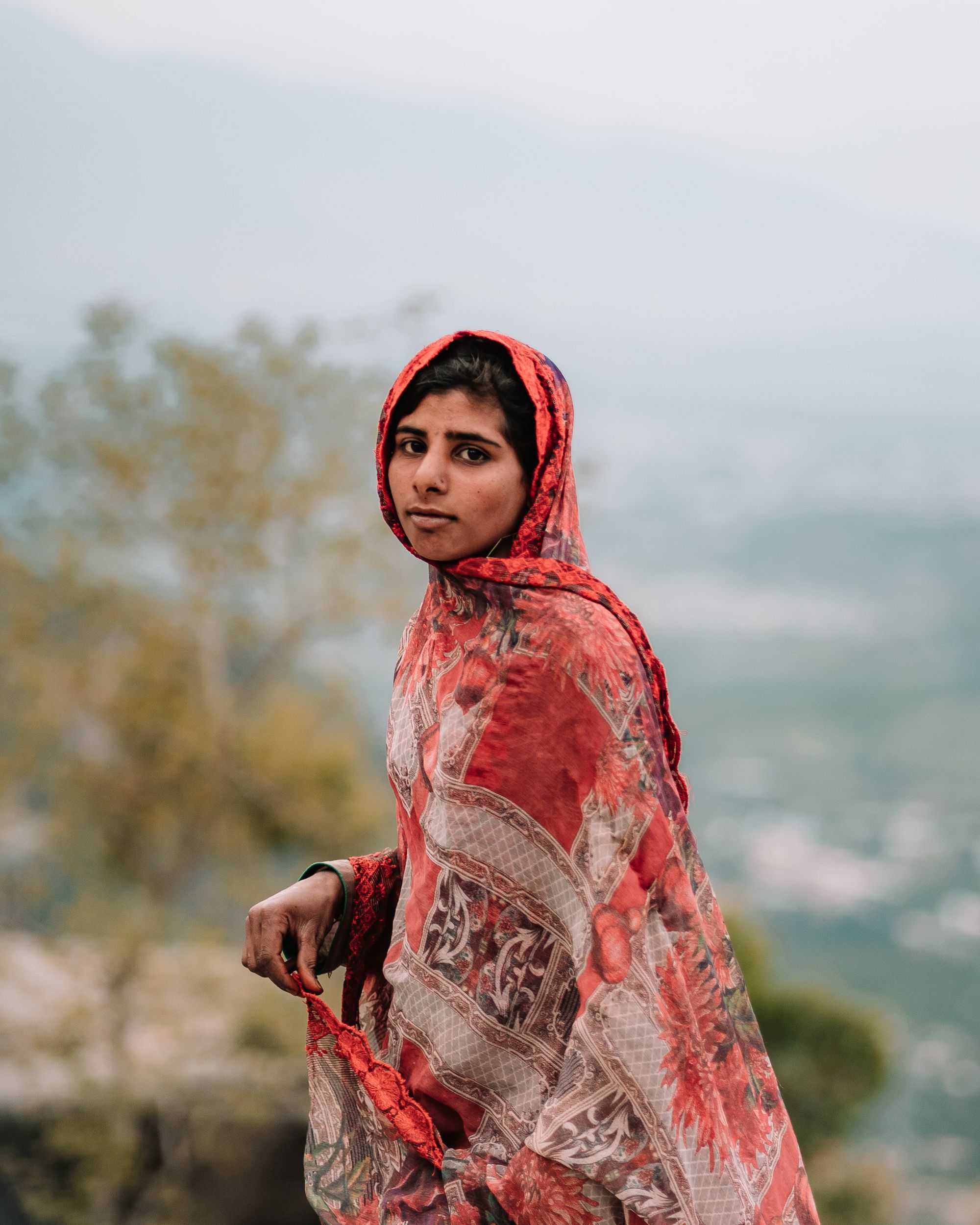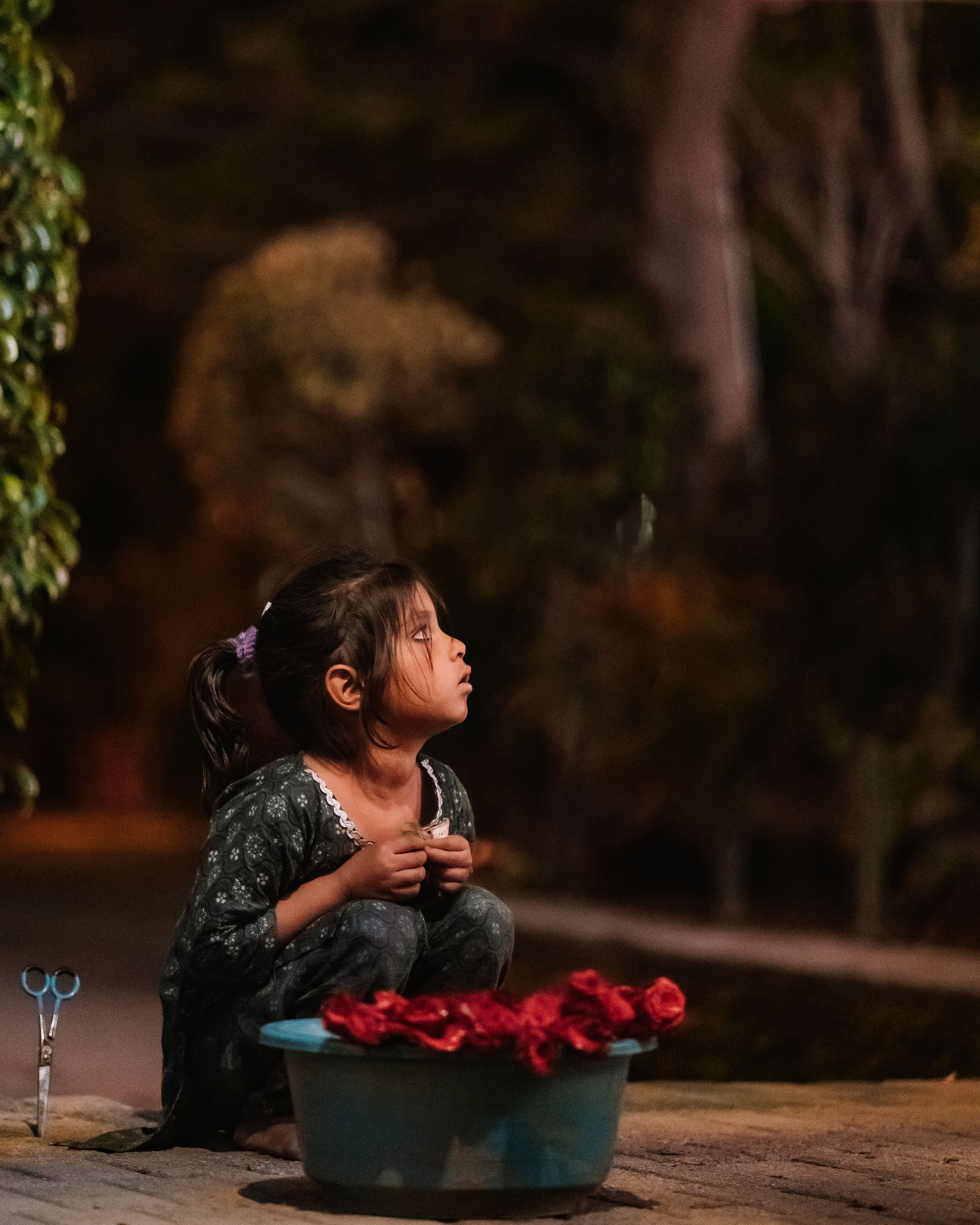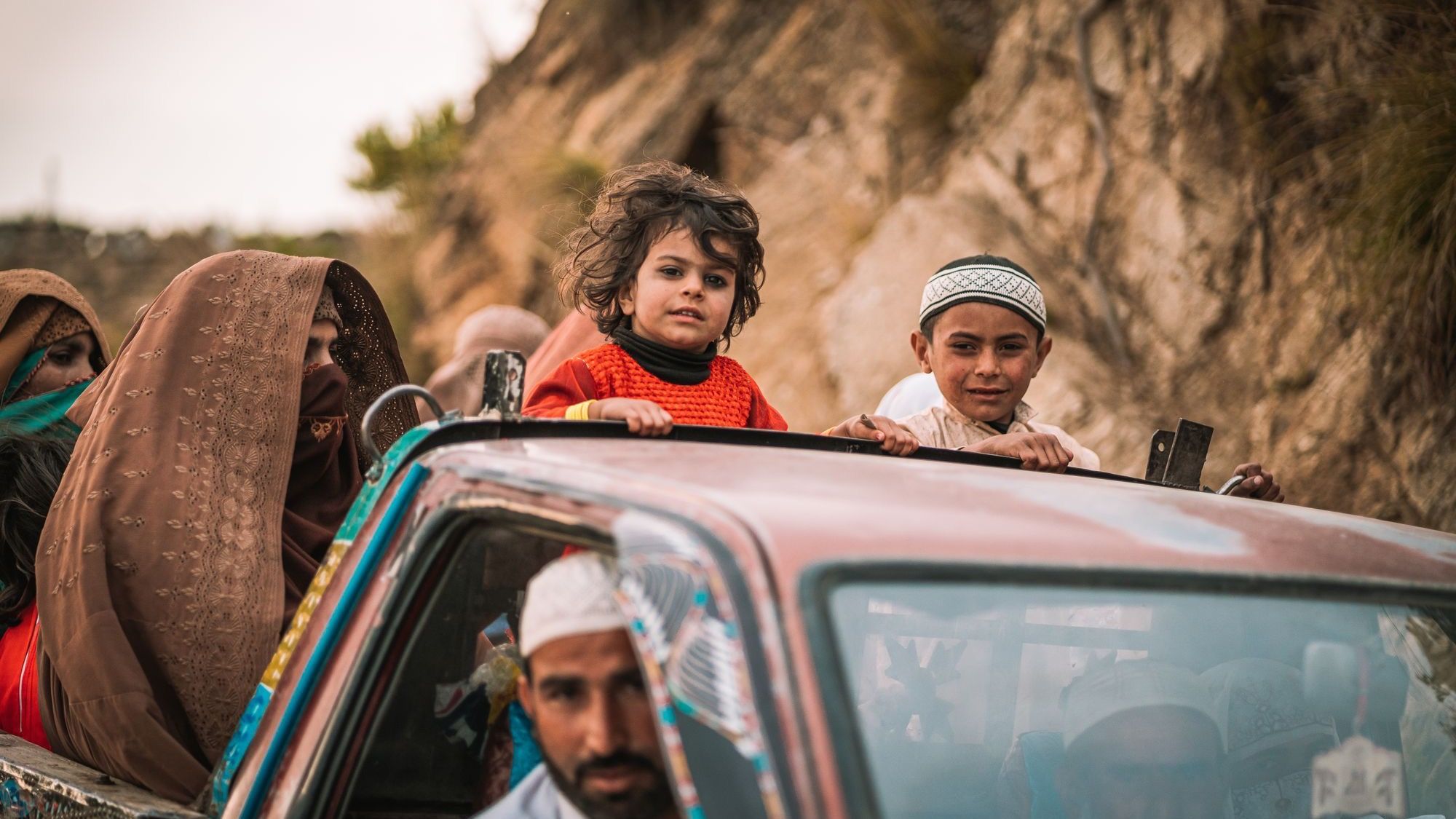Nestled within the rugged and remote landscapes of Pakistan's Khyber Pakhtunkhwa (KPK) region lies a poignant and often overlooked aspect of its culture – child labor. This article offers a heartfelt portrayal of the lives of young laborers in this region and the challenges they face daily. Through the lens of compelling photographs taken in real locations, we aim to shed light on the hardship and the unique of the KPK region.
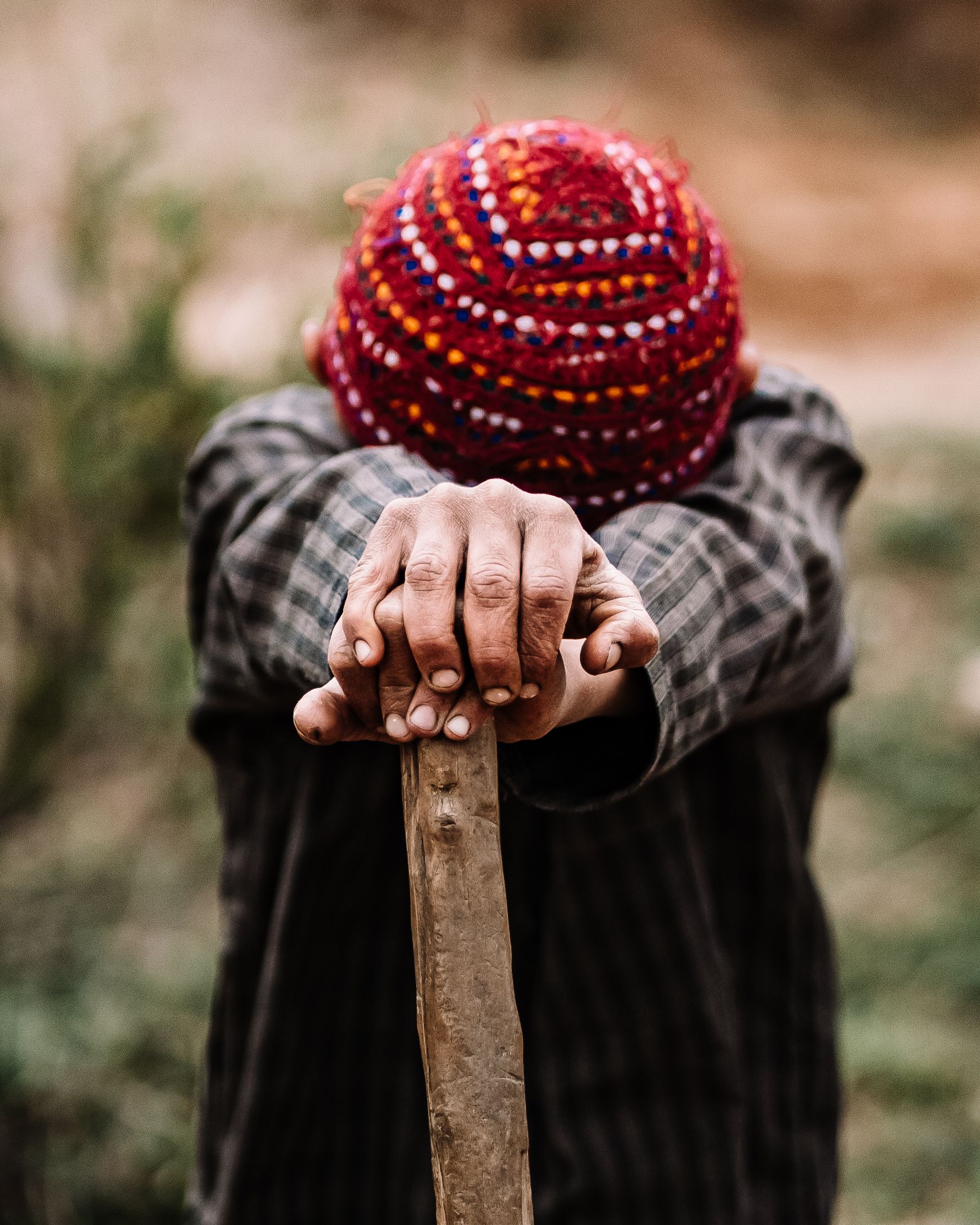
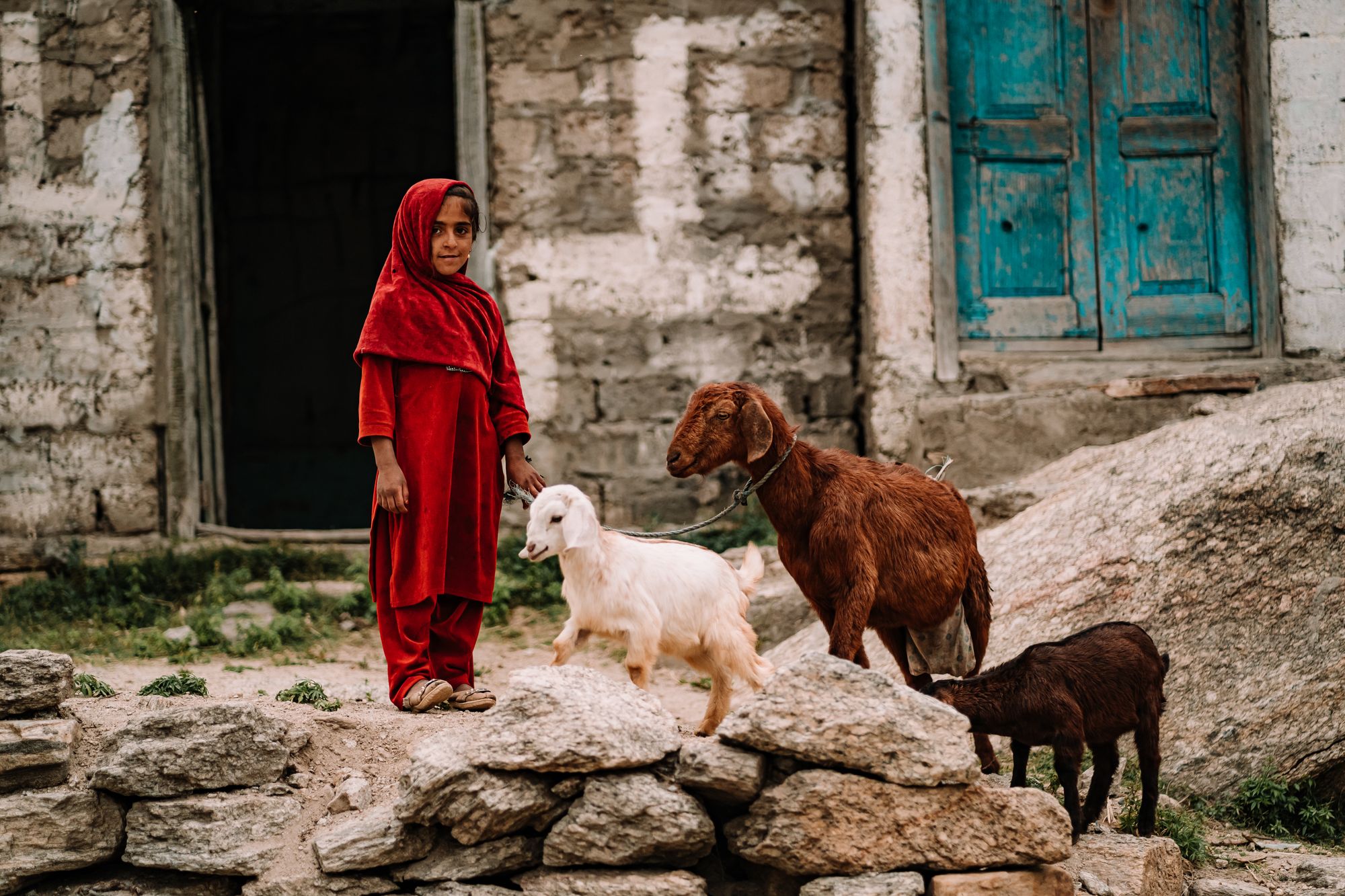
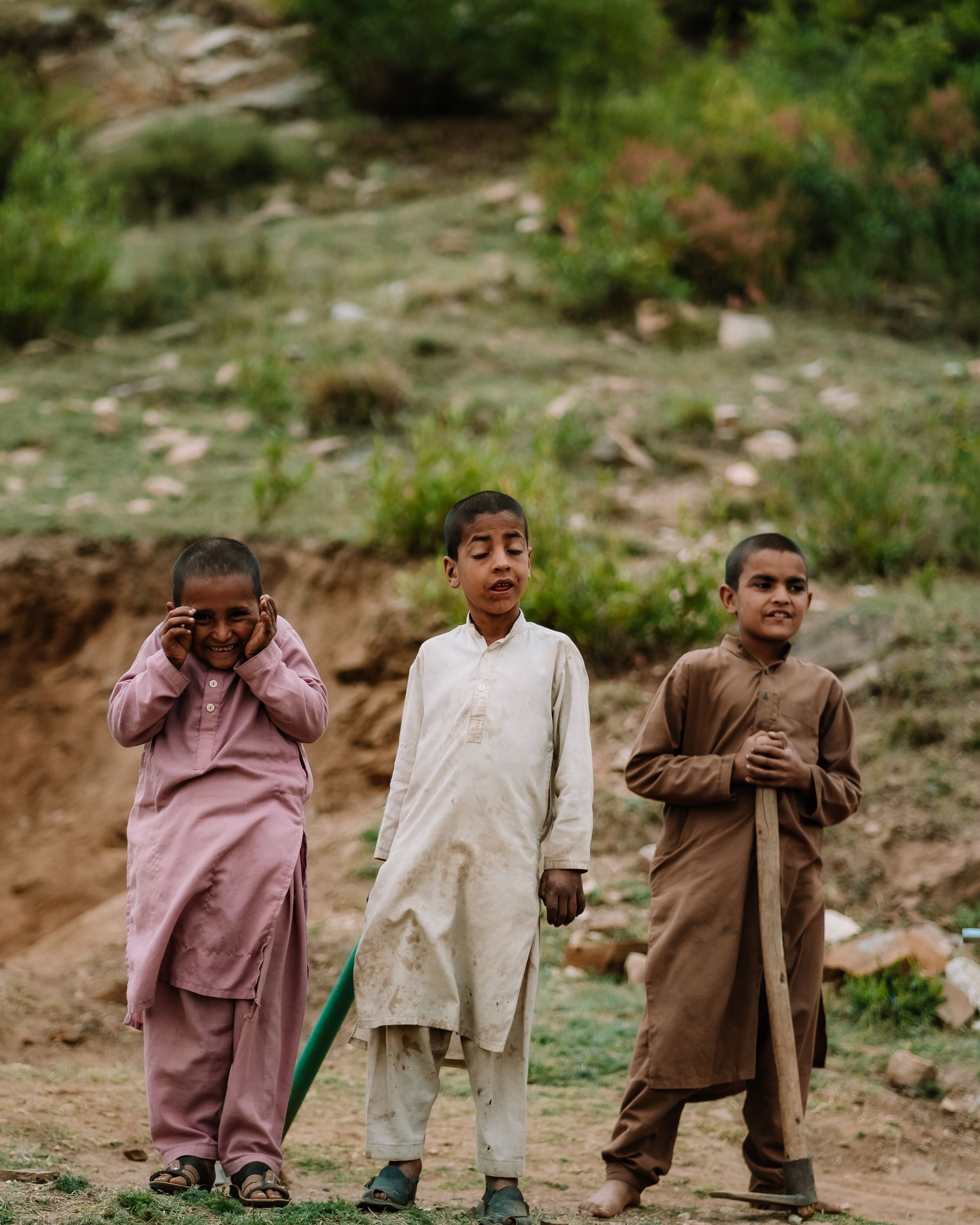
The Plight of Child Laborers:
KPK, located in the northwest of Pakistan, boasts breathtaking natural beauty and a rich cultural heritage, but beneath this surface lies a stark reality: child labor. Many children from impoverished backgrounds are forced to toil in arduous conditions due to economic constraints and lack of educational opportunities. The photographs captured in this article serve as a window into their daily lives, revealing the resilience of these young souls who face hardships unimaginable to most.
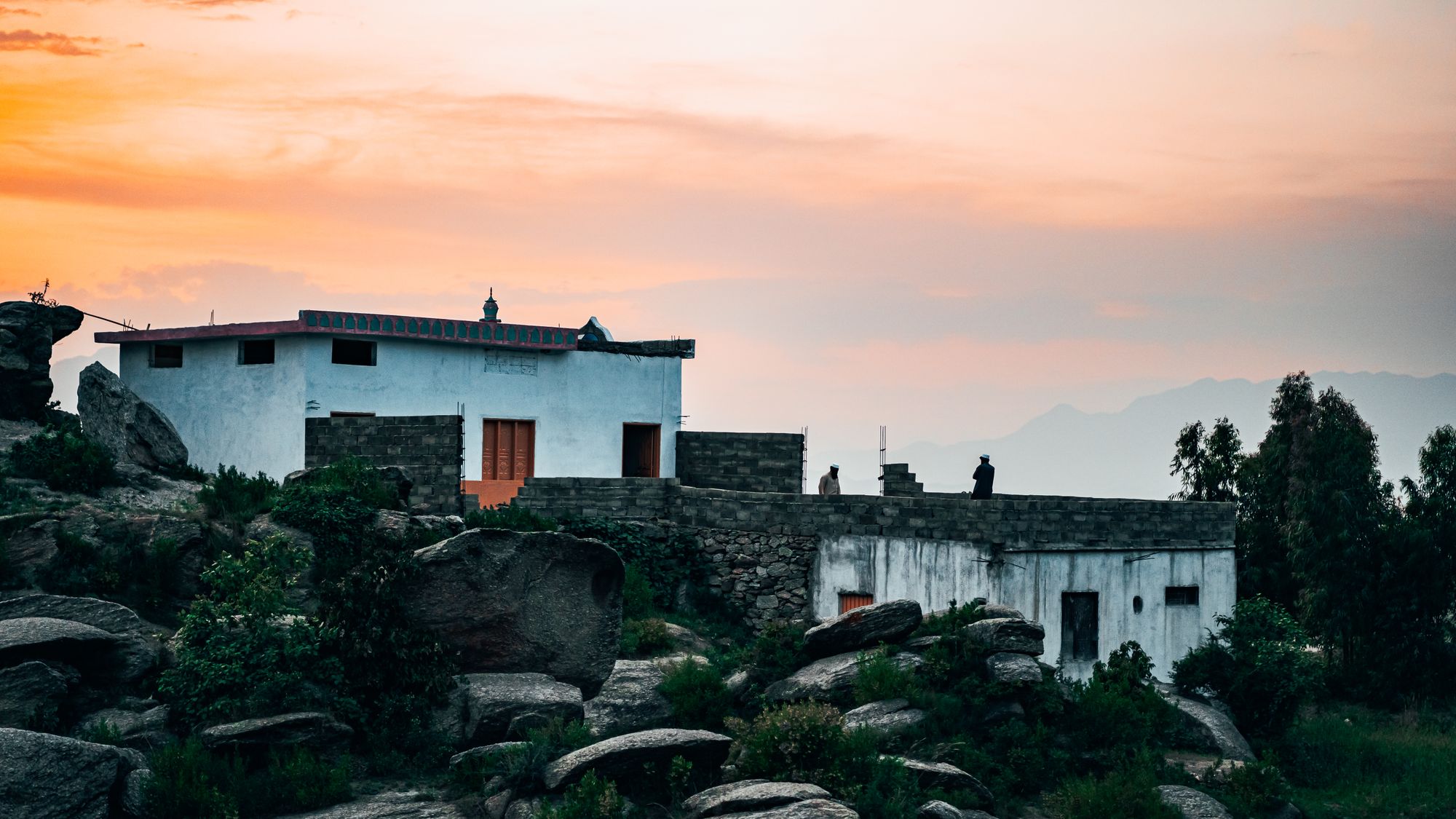
- The Brick Kilns of Peshawar:
In the dusty outskirts of Peshawar, young boys and girls work alongside their families in the brick kilns. They are exposed to extreme heat, hazardous working conditions, and a life that seems a world away from the privileges of modern society. These images capture the toil etched on their faces and the cultural bonds that hold them together. - The Scenic Fields of Swat Valley:
Swat Valley, often dubbed the "Switzerland of Pakistan," is known for its scenic beauty, but hidden within this paradise are children engaged in the agricultural sector. Our photos reveal the juxtaposition of the serene landscape with the laborious life of these young workers, highlighting the harmony they find amidst adversity. - The Art of Carpet Weaving in Bannu:
Bannu, a city in KPK, is renowned for its handmade carpets, but behind the artistry are hands of child laborers who spend long hours weaving intricate patterns. The photographs showcase their skill and determination, along with the socio-cultural factors that perpetuate this practice. - Life in the Shadows of Mingora:
In the bustling town of Mingora, child laborers can be found working in various trades. Our images capture the daily struggle for survival, as well as the rich cultural fabric that binds these children to their communities.
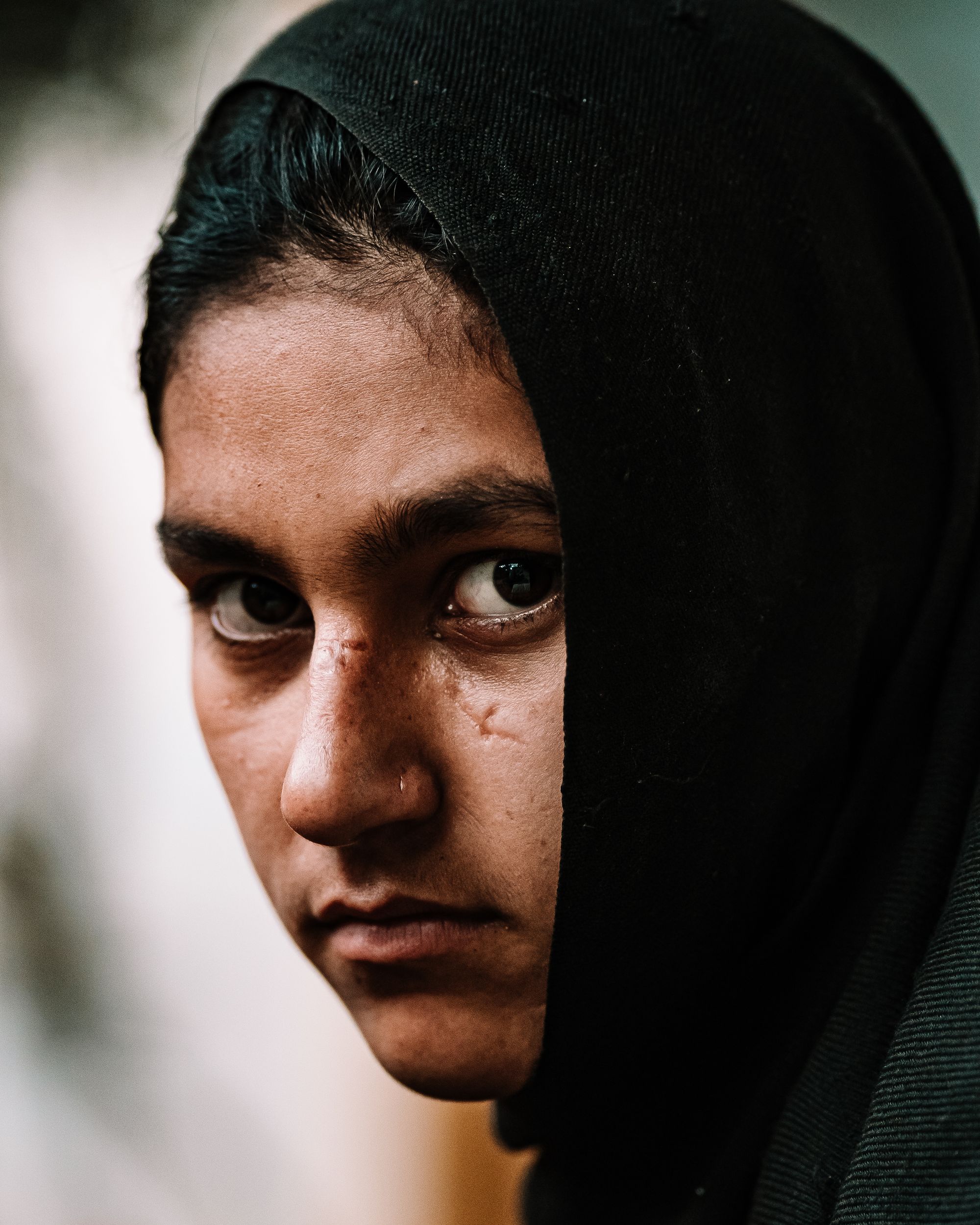
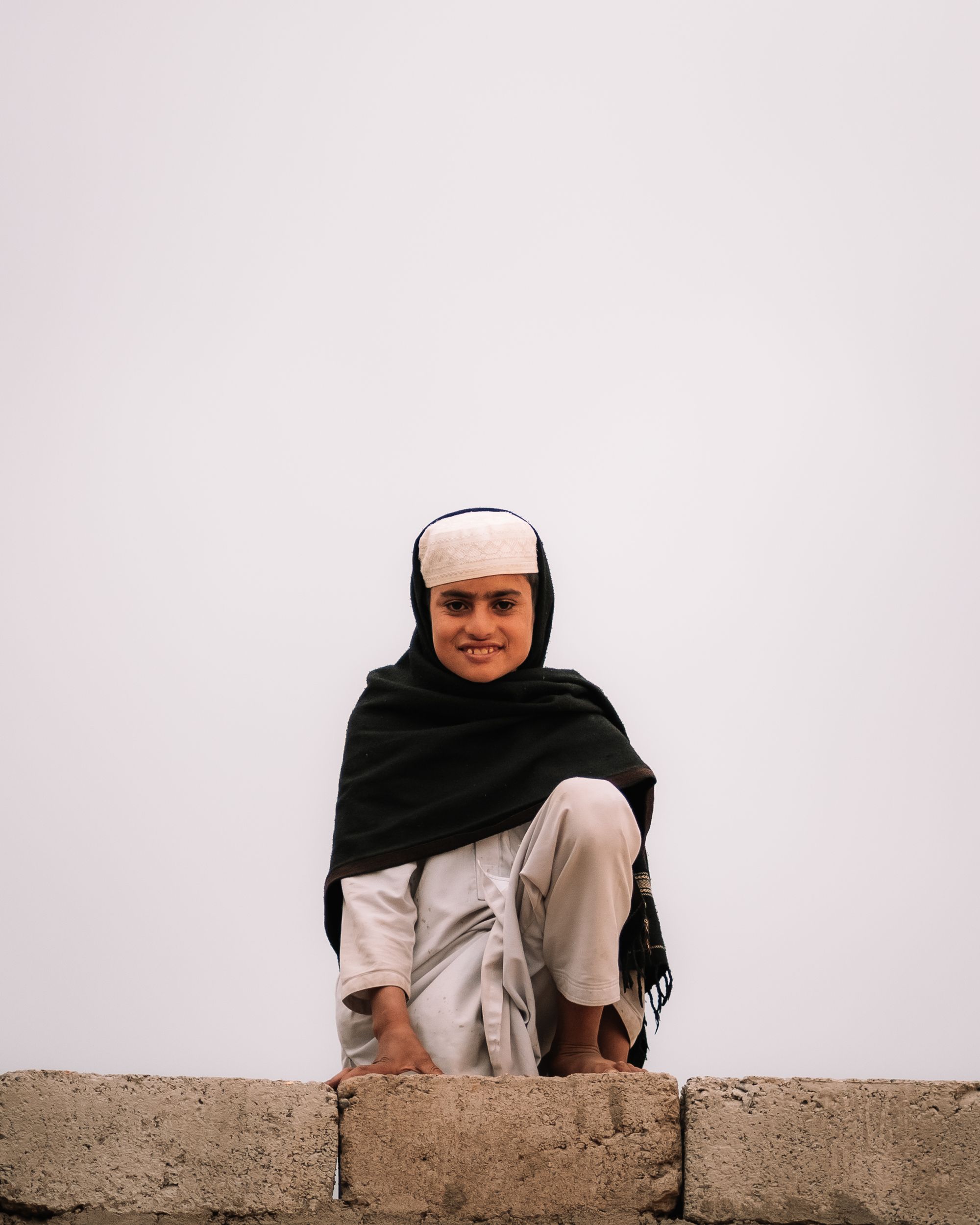
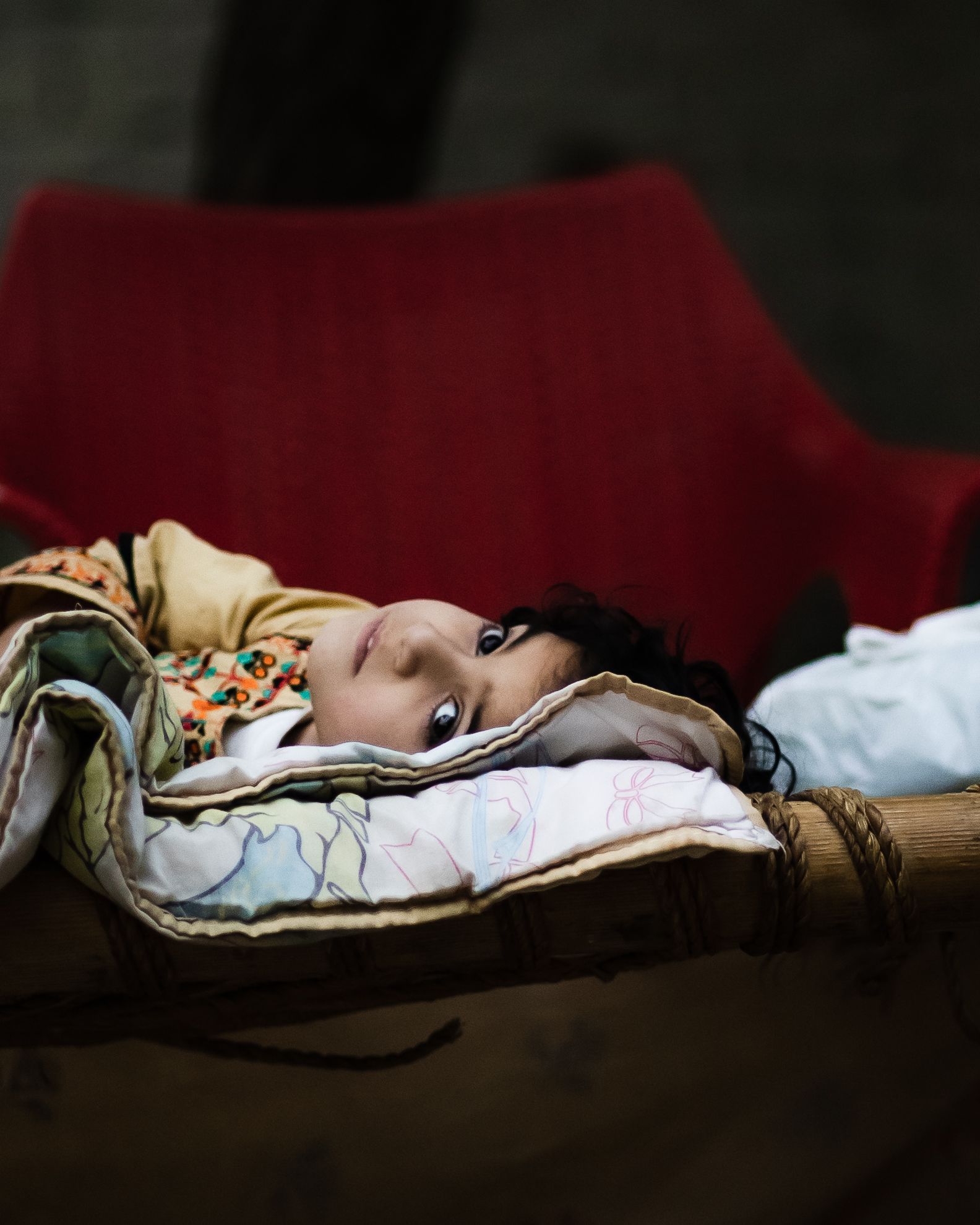
Conclusion:
This article aims to raise awareness of the child labor crisis in Khyber Pakhtunkhwa and foster understanding of the cultural complexities that contribute to this issue. It is crucial to recognize that these children are not mere statistics but vibrant individuals with dreams and aspirations. We hope that by shedding light on their lives through these photographs, we can inspire change, advocate for their rights, and contribute to the betterment of their future.
While KPK is often celebrated for its natural beauty and historical significance, it is essential to acknowledge and address the hardships faced by its most vulnerable residents. Through awareness and advocacy, we can strive for a brighter and more equitable future for the children of Khyber Pakhtunkhwa.

